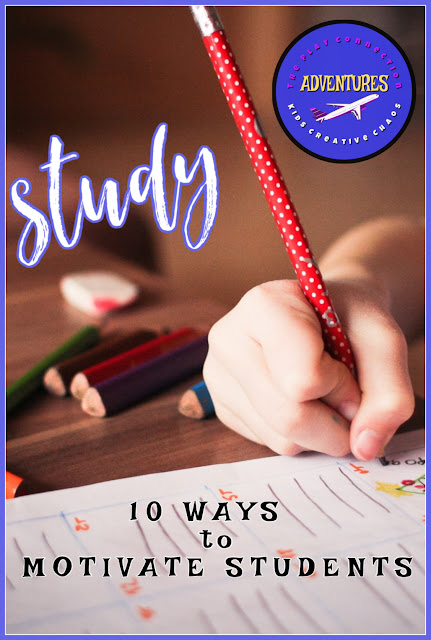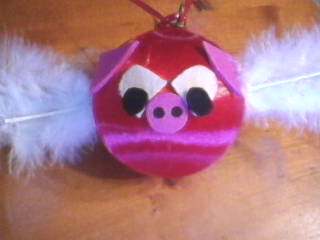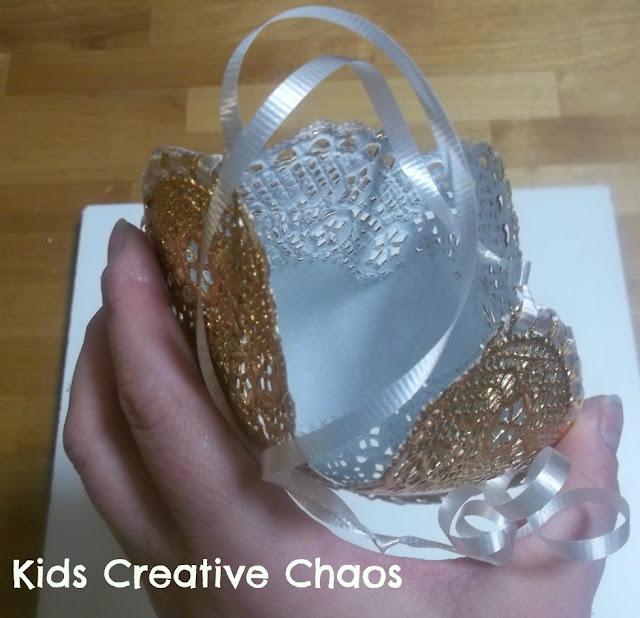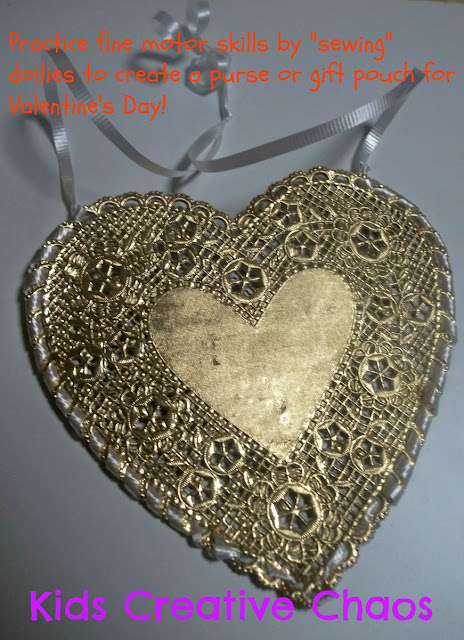These 5 Fun Fishing Activities and Kids' Aquarium Crafts make nice Companion Projects for Preschool Books or Homeschool Microbiology Lessons
Whether you have preschoolers, elementary students, or teenagers in homeschool, you'll find the perfect aquarium craft here. These easy fishing activities and projects work as companion lessons for microbiology or aquatic science too! Scroll down to find the right activity for your child's age level. Enjoy!
The Mason Jar. In Indiana, we are partial to Ball Jars, but either way the jars are so versatile! I recently purchased a set of 1/2 gallon Ball jars* .
.
This little fishing theme activity from Hello Wonderful is great for a birthday party or a lesson in microbiology. Imagine the possibilities. Use it as an attractive way to display a Beta fish, study snails in the round, or even make a terrarium.
This Goldfish is another recycled bottle craft. This is a fun, easy aquarium craft for preschoolers or after school activities. The children can learn to recycle and reuse too!
Why oh why is this filled with beads? Yeah, you know I like to focus on edible crafts for preschoolers. Let's fill ours with Goldfish Crackers and then the kids can use them as a fun snack on the go.
Recommended Reading:
Pretend to go Fishing Creative Play Activity
Easy Recycled Paper Rainbow Fish Craft
My Visit to the Aquarium Children's Book* |
| Aquarium ActivitiesL Fishing Crafts for Science Lesson Homeschool. |
 |
| Paper plate fish aquarium activity. Visit Make and Takes for details. |
These paper plate fish from Make and Takes are great for an elementary or preschool classroom bulletin board. Just cover you board with blue paper, add a strip of black paper across the top, and you've got your own giant aquarium full of fish.
To make this more than just an art project, use it as a companion activity for a lesson in microbiology or under the sea science.
Have the students choose a different species of aquatic life to study, write about, and then design their own to display in the aquarium.
 |
| These Mason jar Aquariums by Hello Wonderful are ideal for children of all ages. |
The Mason Jar. In Indiana, we are partial to Ball Jars, but either way the jars are so versatile! I recently purchased a set of 1/2 gallon Ball jars*
 |
| Half Gallon Ball jars are perfect for aquarium crafts and mini terrariums. Get yours here |
This little fishing theme activity from Hello Wonderful is great for a birthday party or a lesson in microbiology. Imagine the possibilities. Use it as an attractive way to display a Beta fish, study snails in the round, or even make a terrarium.
 |
| Goldfish Aquarium Craft from In Design Art and Craft. I suggest filling yours with Goldfish Crackers for an edible snack craft on the go. |
This Goldfish is another recycled bottle craft. This is a fun, easy aquarium craft for preschoolers or after school activities. The children can learn to recycle and reuse too!
Why oh why is this filled with beads? Yeah, you know I like to focus on edible crafts for preschoolers. Let's fill ours with Goldfish Crackers and then the kids can use them as a fun snack on the go.
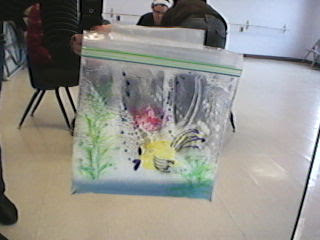 |
| This is our aquarium craft for kids. Make a pretend aquarium in a Ziploc baggie. |
Aquarium Crafts for Middle or High Science
| Giant Stuffed Paper Activity from Teaching in Room 6. What, these aren't fish crafts? I know, I know just continue reading. |
So many years ago, I was the Program Director of a large (very) before and after school program. We used the giant paper rolls to make and decorate our parade float. We made giant, stuffed paper fish puppets. I took pictures with a film camera. I have no idea what happened to those pictures, but I'd love to share the idea with you.
Teaching in Room 6 is a fantastic blog to get ideas for classroom projects. I found the Colony Lesson (pictured above) which demonstrates the how to make giant fish puppets, plus you could go one step further and have your student detail the life cycle of aquatic life or fun facts about the fish on their fish puppet.
You will need:
Giant Rolls of Paper in various Colors
Heavy Duty Stapler
Markers, Paint, or Crayons
Trash! Use old newspapers or recycle classroom worksheets
Dowel Rod or Stick 2'-4' long
To Make a Giant Fish Aquarium or Sea Life Craft:
Allow 2-3 days to complete the project in a classroom.
Study the type of fish or sea life you want to create. Dolphins, Crabs, and Octopuses make awesome Parade Puppets.
Draw the sea creature on two layers of paper. Get that? You need to cut two of each sea creature. Try to make it life size or oversize. A great way to measure for a fun size puppet is to have a child lay on the paper and then make your fish the same length.
Once the creature is drawn, cut it out and decorate. You can give one side of the puppet the features of the animal (eyes, nose, fins, etc.). On the other side (to make an informative science project) draw the life cycle of the fish or illustrate fun facts about sea life.
After the drawings and decorations are completed, grab your stapler. Staple the edges about 1/4" from the edge of the paper, be sure to leave an opening in the creature's belly.
Now, grab some clean trash (old tests work great). Stuff your fish to desired fatness! Insert the dowel in the center most point of the base of the animal and staple around the dowel to attach. This might require some tape too. Ta Da! You have a giant fish puppet on a stick. Fish Sticks! These are great to carry around the school on a parade walk, enter into your local parade, or go one step further.
We made lots of these, designed a large piece of cardboard to look like an aquarium and attached several to the cardboard aquarium. Older kids marched in the parade carrying the display while the younger ones danced around them with their fish sticks. Super Fun!
If you aren't feeling so social or industrious, replace the pole in the belly with a string in the back and hang them from the classroom ceiling.
Here's our tiny sample made with regular size construction paper.
Image coming soon.
Recommended Reading:
Pretend to go Fishing Creative Play Activity
Easy Recycled Paper Rainbow Fish Craft
The Simple Guide to Freshwater Aquariums *
ADS DISCLOSURE: We've partnered with some wonderful advertisers who may sponsor blog posts or send us samples to test. Some companies pay us to review their products.
*We also use affiliate links, if you make a purchase we get a tiny commission. Kids Creative Chaos participates in the Amazon LLC Associates Program*, an affiliate advertising program designed to provide a mean for blogs to earn advertising fees by linking to Amazon properties, including, but not limited to, amazon.com, endless.com, myhabit.com, smallparts.com, or amazonwireless.com. We also offer Tapinfluence, Google Adsense, SoFab, and Izea ads here. Thanks so much for helping us keep the lights on! :)


